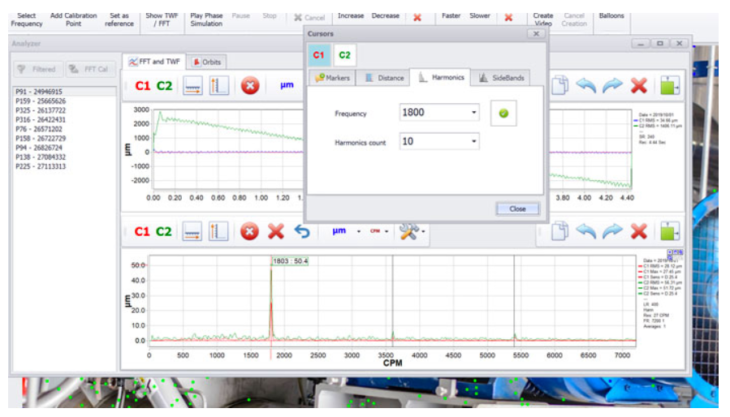Video Vibration Tracking allows users to measure thousands of points at the same time which, otherwise, would be either impossible to measure or they would consume a lot of time with conventional methods. In this way, it gives you the possibility to analyze structures, movement, deflection and phase much more precisely, and with very little effort. At the same time, this technique allows users to export amplified vibration simulations that are very easy to interpret even for people who are not experts in vibrational analysis.
How does the Looking Glass technique work?
The smallest movement that this method can detect is much smaller than the pixel size of a conventional camera. So how does it work?
The principle of this method is based on the fact that, in a conventional camera, before an object moves from one pixel to another, it creates a small color change in the next pixel. In fact, the color from both pixels change progressively until the object occupies entirely the next pixel sensor.
This method measures the change in the amount of color from each pixels (In fact from an entire area of pixels). First, the software identifies color patterns within small predefined areas. These patterns must have important color differences in order to distinguish it from the rest of the patterns. The target areas are found automatically by the software and the user can only modify some quality parameters and surface.
Second, for each video frame, the software will identify the average color changes on the targeted points and its corresponding area. Thus, being able to track small changes in each frame with great accuracy.
In the end, all that information obtained is translated into vibration signals that can be studied by its FFT, phase, or time wave form.






